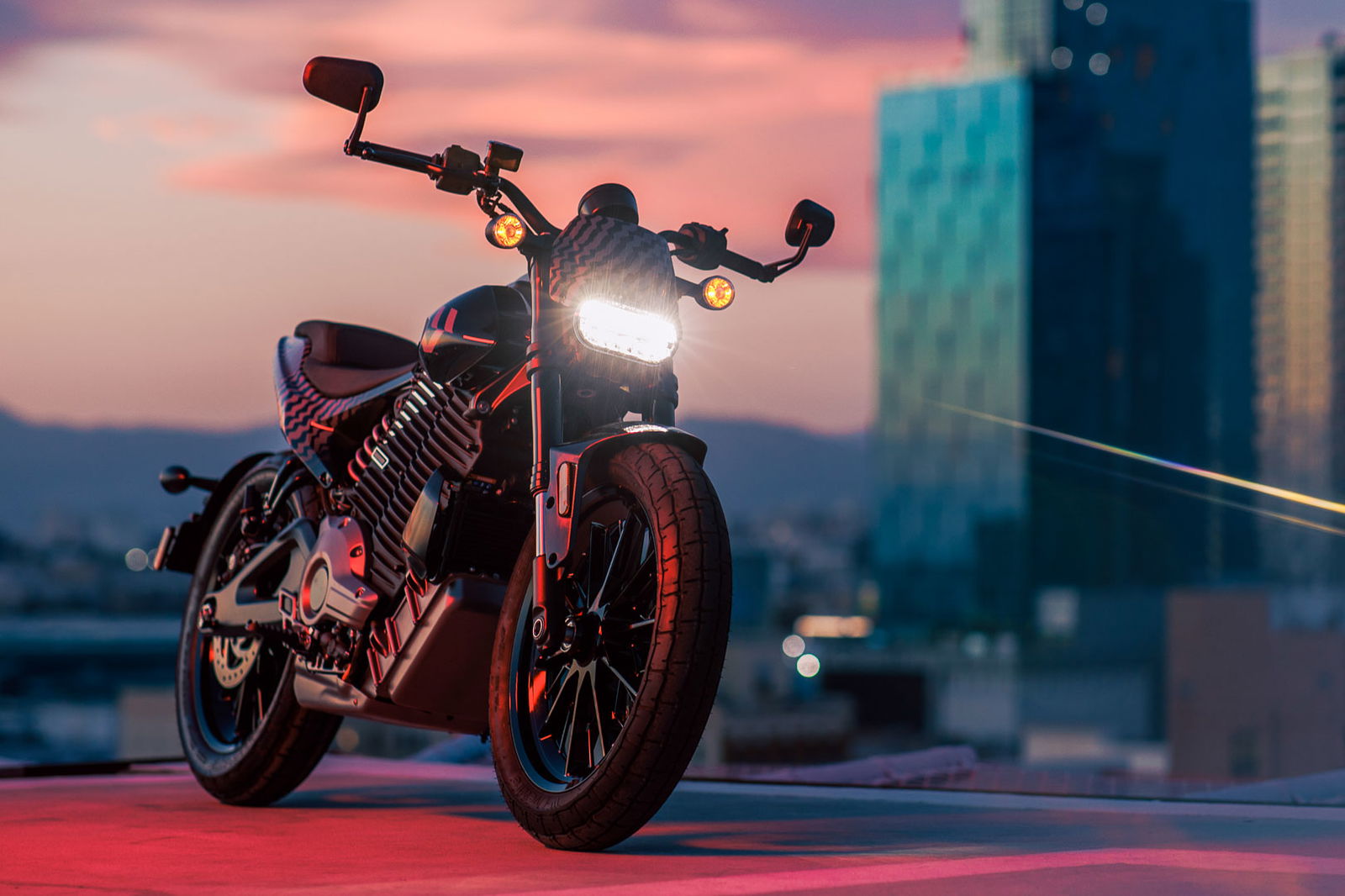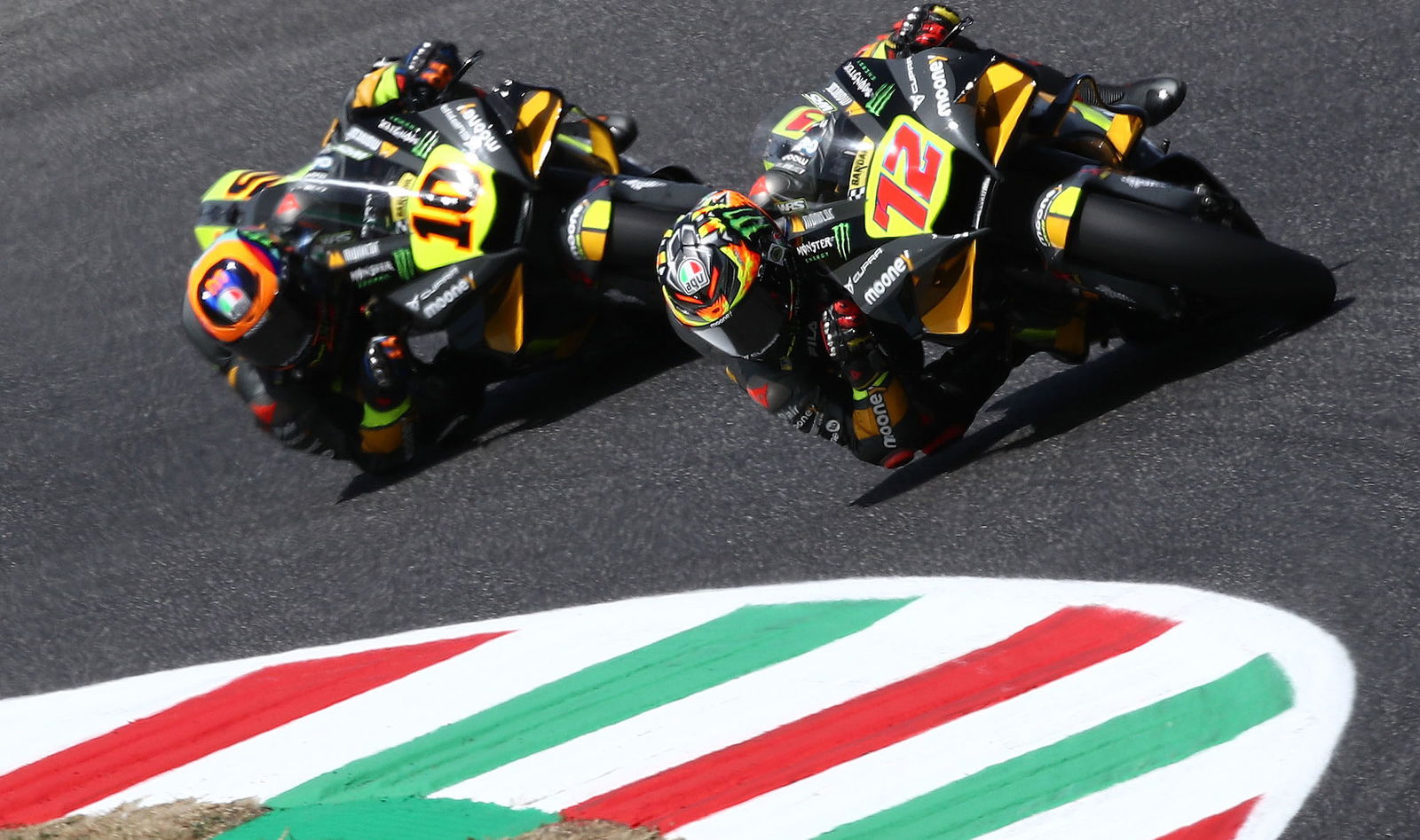Why Harley-Davidson thinks taking LiveWire solo is a 'risk' worth taking
If the Harley-Davidson LiveWire electric motorcycle was just too ahead of its time, LiveWire as an electric brand is arguably well placed to bide its time

Harley-Davidson CEO Jochen Zeitz says the company would rather ‘take the lead’ in the nascent electric motorcycle sector despite the slow uptake of its inaugural model, the Harley-Davidson LiveWire [Livewire ONE].
Launched in 2019, the Harley-Davidson LiveWire naked represented a radical change of tact for the American firm - synonymous with large capacity, traditional cruiser models - in terms of brand perception and market strategy.
Moreover, the timing of its launch put Harley-Davidson years ahead of its mainstream rivals, which only now are grappling with plans to roll out EV models in a reluctant consumer space in the run up to fossil fuel-powered models being phased out in several key markets.
It’s a trailblazing approach that hasn’t paid dividends for Harley-Davidson so far with only 387 LiveWires being shifted in 2021, figures that haven’t been helped by its lofty £28,000 price tag ($29,799) - almost three times pricier than most of its petrol powered rivals - and anomalous position in the market.
However, rather than put development of the machine on hiatus until market conditions improved, Harley-Davidson proceeded to syphon LiveWire into its own sub-brand and cede full ownership in favour of having a majority stake, while SPAC (special purpose acquisition company) AEA-Bridges assumes the rest.
With the sale between the two parties completed last month, LiveWire was floated on the New York Stock Exchange (NYSE) in an effort to drum up investment. However, it has been an uneasy debut for LiveWire with the $295m raised (as of 27 September) falling well short of the $545m anticipated in December.
Despite the challenges of remixing the project - a process that has sucked $20m from Harley’s fluctuating coffers thus far -, Zeitz is retaining a positive attitude towards LiveWire’s futureproof platform as it waits patiently for the market to turn in its favour, pointing towards Tesla - which successfully belied its start-up status to pioneer a sea-change in perception and sales of electric cars - as an example of what taking the reins can achieve.
“I don’t build brands based on what the market does when you go public,” Zeitz told Bloomberg. “I believe in the strategy of separating the brands” to bring about “strategic clarity” to operations, he added.
“If you look at other motorcycle manufacturers they’re sort of dancing around the discussion, like a lot of autos danced around that discussion when Tesla was winning,” he said. “I’d rather take the lead and I think we have a unique opportunity, which is always more risky if you’re the first.”

Can LiveWire weather the electric storm?
While full credit should go to the company - notably former CEO Matt Levatich - for its vision with the LiveWire, which together with the Pan America ADV and Bronx streetfighter was supposed to help Harley-Davidson stem the bleed of its leaking profit margins by diversifying into new segments and attract different customers, the sums of its risk have been miscalculated.
Firstly, LiveWire (the motorcycle, now known as the ONE) demands far too many compromises in that its eye-wateringly expensive, strays too far from Harley-Davidson’s demographic while trying to tap into another that doesn’t really exist and a package that - beyond its powertrain - brings nothing new to the party to justify its triple price premium over, say, a Yamaha MT-09.
Moreover, the LiveWire’s long gestation period - first presented in 2014 - wasn’t (perhaps surprisingly for H-D) matched by other manufacturers pushing the good name ‘electric’ to consumers with their own models
It left the LiveWire - which was always destined to attract attention as a new, smaller Harley model anyway - going it alone into a cynical consumer space under close scrutiny from the public, the media and every other manufacturer watching this canary with intrigue from the sidelines.
Indeed, while Zeitz uses Tesla as the ‘cut-copy-paste’ example of what LiveWire ‘could’ be, the game-changing Model S executive saloon is innovatively different in terms of gadgets, transforms the customer ownership experience and properly harness the benefits of its instant accelerating, super quiet unique electric selling point.
While electric power is without a doubt a harder sell on emotive, sensation-tingling motorcycles than cars more preoccupied with running costs, comfort and refinement, the LiveWire suffers for being a fairly ordinary motorcycle that just happens to emit zero emissions but wears a price tag so expensive that it negates much of its net economical running costs.
Ironically, the quirk of its electric powertrain might have ended up being its saving grace, attracting enough curious, fastidious eco-conscious customers to justify its existence, albeit in grimace-inducingly modest numbers..

Does LiveWire have a sparkier future ahead?
If for nothing else, Zeitz has bold ambitions for LiveWire going forward, projecting an eye-popping sales growth to 101,000 within the next five years - that’s only a 383% gain. We’re going to opine he might be looping some more affordable e-scooter and e-bicycle tie-ins to pop those numbers, but at the very least Zeitz brings the wow - or maybe, ‘woah’ - factor to get the headlines.
While there might be an element of ‘cutting losses’ in Harley-Davidson’s decision to cede full ownership and classify it as a separate brand, ultimately the market will turn its way as electric use shifts beyond fossil fuels.
Indeed, in the three years since the LiveWire was launched, much has changed in the industry with regards to electric power. Many nations have announced plans to ban the sale of petrol powered vehicles in the next 10-15 years and while it won’t be a global shift for now, it covers most of Harley-Davidson’s key markets.
So while the average punter remains wary of electric - at least in the upper end of the motorcycle market Harley-Davidson gravitates in - its rivals are now beginning to action its model plans, bringing with it an industry-wide marketing glow from which every company can capitalise on.
LiveWire’s ace therefore lies in being the only student that turned up for every lecture before the exam, endowing it with critical know-how in not just how to evolve the technology, but have time to apply those harsher lessons to curating its approach.
This is demonstrated in LiveWire’s forthcoming second model, the Del Mar. More compact, affordable and trendier, while the LiveWire ONE suffers for trying too hard to be a like-for-like conventional roadster - thus emphasising its cost compromises - the Del Mar almost wears its comparative limitations as a badge of honour.
Indeed, while range is fairly limited to around 100 miles (compared to the ONE’s 145 miles), this taps into a market more inclined to use such a machine for shorter, urban journeys, thus keeping costs down and the funk high. In short, it’s listening and taking LiveWire to an evolving audience base.
Whether LiveWire will have the last laugh remains to be seen. Having greater knowledge of the market doesn’t defend against it being swamped by its rivals when they do flood in and potentially move the game on, but it definitely has an advantage.
In the meantime, it’s the challenge of LiveWire’s marketing bods to transform the name to be less associated with a modest eco-friendly roadster brought to you by the purveyors of (stereotypically) hulking fuel luggers to a fresh, funky, innovative brand that can brag about doing electric before electric was cool.
In short, LiveWire is currently Blackberry circa 2008… but it knows you know its an Apple you’re going to want...

